-
 Bitcoin
Bitcoin $118800
-0.22% -
 Ethereum
Ethereum $3677
-4.47% -
 XRP
XRP $3.504
-3.02% -
 Tether USDt
Tether USDt $1.000
-0.01% -
 Solana
Solana $200.2
2.87% -
 BNB
BNB $762.2
-2.24% -
 USDC
USDC $0.9998
-0.02% -
 Dogecoin
Dogecoin $0.2644
-5.03% -
 Cardano
Cardano $0.8700
-5.51% -
 TRON
TRON $0.3128
-1.32% -
 Hyperliquid
Hyperliquid $43.99
-7.14% -
 Stellar
Stellar $0.4609
-5.85% -
 Sui
Sui $3.895
-3.54% -
 Chainlink
Chainlink $19.14
-5.01% -
 Hedera
Hedera $0.2680
-6.05% -
 Avalanche
Avalanche $24.99
-4.45% -
 Bitcoin Cash
Bitcoin Cash $518.6
-2.87% -
 Shiba Inu
Shiba Inu $0.00001507
-5.13% -
 Litecoin
Litecoin $115.0
-3.02% -
 Toncoin
Toncoin $3.444
2.27% -
 UNUS SED LEO
UNUS SED LEO $8.991
0.02% -
 Polkadot
Polkadot $4.400
-5.50% -
 Uniswap
Uniswap $10.43
-8.70% -
 Ethena USDe
Ethena USDe $1.001
0.01% -
 Monero
Monero $325.9
0.39% -
 Pepe
Pepe $0.00001372
-4.14% -
 Bitget Token
Bitget Token $4.811
-3.32% -
 Dai
Dai $1.000
0.00% -
 Aave
Aave $306.7
-8.06% -
 Bittensor
Bittensor $434.2
0.25%
Can an NFT be changed after minting?
NFTs are generally immutable once minted, but off-chain metadata or smart contract features may allow limited post-minting changes if designed to do so.
Jul 09, 2025 at 02:42 pm
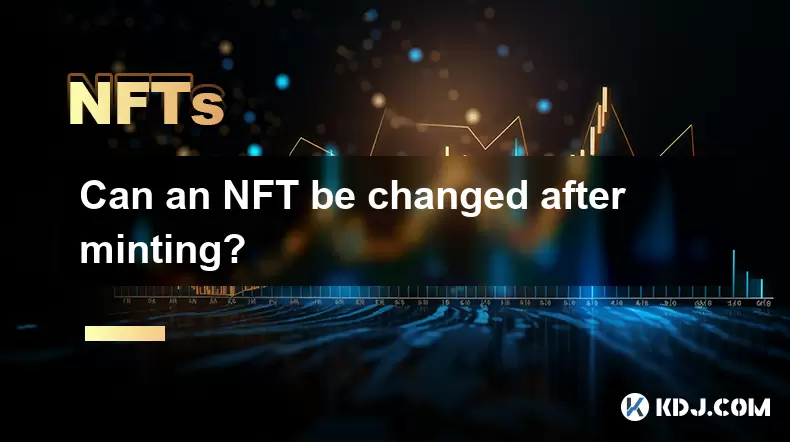
Understanding the Immutability of NFTs
Once an NFT (Non-Fungible Token) is minted, it becomes a permanent entry on the blockchain. The data associated with the token—such as ownership, metadata, and smart contract details—is stored in a way that cannot be altered without consensus from the network. This immutability ensures transparency and trust within decentralized systems. However, this also raises a common question: can an NFT be changed after minting?
The short answer is no, traditional NFTs cannot be modified once they are minted and recorded on the blockchain. Any changes to the underlying data would require altering the blockchain itself, which is practically impossible due to the cryptographic security and decentralization mechanisms.
The Role of Metadata in NFTs
Many people confuse the NFT itself with the metadata associated with it. The NFT typically contains a pointer or link to external data, such as an image, video, or description file. This metadata is often hosted off-chain using services like IPFS (InterPlanetary File System) or centralized servers.
If the metadata is stored off-chain, there may be possibilities for updating it depending on how the NFT was originally configured. For example:
- If the creator retains control over the metadata storage location
- If the smart contract allows for updates through specific functions
In such cases, while the NFT's core blockchain record remains unchanged, the associated content can be updated externally. This distinction is crucial when discussing whether an NFT can be "changed" post-minting.
Smart Contract Capabilities and Update Mechanisms
Some NFT projects build flexibility into their smart contracts by including functions that allow certain types of modifications. These include:
- A function to update the base URI of metadata
- An admin-controlled mechanism to alter descriptions or attributes
Such features must be explicitly coded before minting begins. Once the NFT is deployed, any update functionality depends entirely on what was included in the original smart contract.
Developers who wish to retain control over NFT metadata often use a proxy contract system. This involves separating the logic of the NFT contract from its storage, allowing upgrades to the contract code without changing the NFT's existence on the blockchain.
However, these updates do not change the NFT's fundamental identity or ownership—they only affect secondary data or functionalities defined in the contract.
Immutable NFTs vs. Upgradable NFTs
There are two main categories of NFTs based on their upgradability:
- Immutable NFTs: These are NFTs where no changes can be made after deployment. The metadata and smart contract are fixed, ensuring maximum transparency and trust.
- Upgradable NFTs: These NFTs are designed with modifiable components, usually via proxy contracts or metadata links. While more flexible, they introduce risks related to centralization and potential misuse.
Users should always verify whether an NFT project allows for changes post-minting and understand the implications. For instance, if the metadata URL is mutable, the actual digital asset linked to the NFT could be swapped out without the owner's consent.
Practical Examples of Post-Minting Modifications
Certain NFT platforms and marketplaces have experimented with dynamic NFTs that can change under specific conditions. For example:
- Axie Infinity allows for breeding and evolving NFT creatures, effectively modifying their traits
- Async Art enables layers of artwork that owners can unlock or change over time
- Some NFTs respond to real-world events or user inputs by altering visual or functional properties
These are special cases where the NFT's design anticipates future changes. In such scenarios, the NFT’s smart contract includes built-in logic for evolution or transformation.
It is important to note that even in these examples, the blockchain record of the NFT remains unaltered. What changes is either the referenced metadata or the state within the contract, not the token’s history or ownership.
Frequently Asked Questions
1. Can I edit the image of my NFT after minting?
Only if the image is stored off-chain and the metadata URL is editable. You cannot modify the image directly on the blockchain.
2. Is it possible to transfer editing rights of an NFT to someone else?
No, you cannot transfer editing rights unless the smart contract explicitly supports delegated management of metadata or contract settings.
3. Do all NFTs have updatable metadata?
No, many NFTs are designed with immutable metadata to ensure authenticity and prevent unauthorized changes.
4. How can I check if an NFT allows post-minting changes?
You can review the NFT’s smart contract code or consult the project documentation to determine whether update functions are available.
Disclaimer:info@kdj.com
The information provided is not trading advice. kdj.com does not assume any responsibility for any investments made based on the information provided in this article. Cryptocurrencies are highly volatile and it is highly recommended that you invest with caution after thorough research!
If you believe that the content used on this website infringes your copyright, please contact us immediately (info@kdj.com) and we will delete it promptly.
- XRP, Bitcoin, Ripplecoin: Navigating the Crypto Landscape in 2025
- 2025-07-22 20:30:13
- Cardano Ecosystem Watch: Can PayFi Token Remittix Trigger an ADA Overtake?
- 2025-07-22 20:50:13
- JasmyCoin Price Forecast: Chart Analysis Points to Potential Surge
- 2025-07-22 20:55:13
- Trump, Bitcoin, and Altcoins: A New York Minute on Crypto's Political Play
- 2025-07-22 21:00:13
- Shiba Inu, XRP, and Little Pepe: Navigating the Meme Coin Mania in NYC
- 2025-07-22 21:30:13
- Bitcoin's Role in IntelBroker's Takedown: A New Era of Crypto Crime Enforcement
- 2025-07-22 21:10:15
Related knowledge
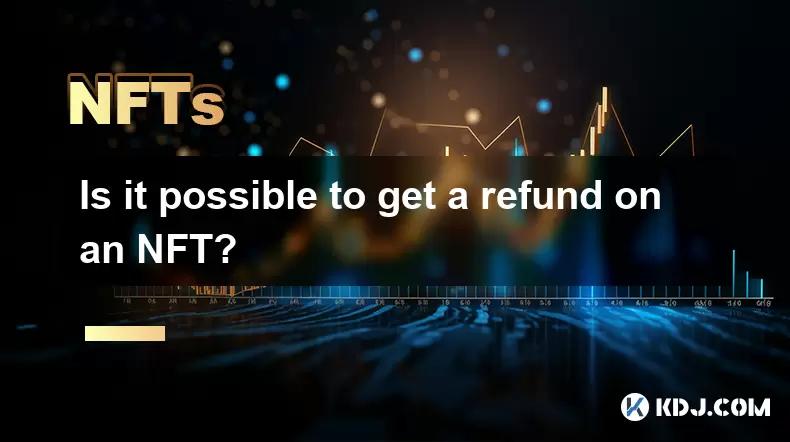
Is it possible to get a refund on an NFT?
Jul 21,2025 at 08:35pm
Understanding NFT Transactions and RefundsWhen you purchase an NFT (Non-Fungible Token), the transaction is typically recorded on a blockchain, making...
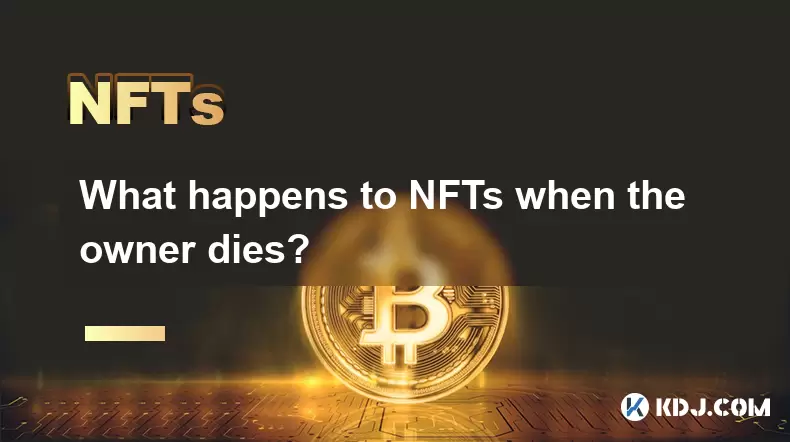
What happens to NFTs when the owner dies?
Jul 22,2025 at 02:43pm
Legal Ownership and Digital AssetsWhen an individual owns NFTs, the question of what happens to these assets upon their death is a pressing one. NFTs ...
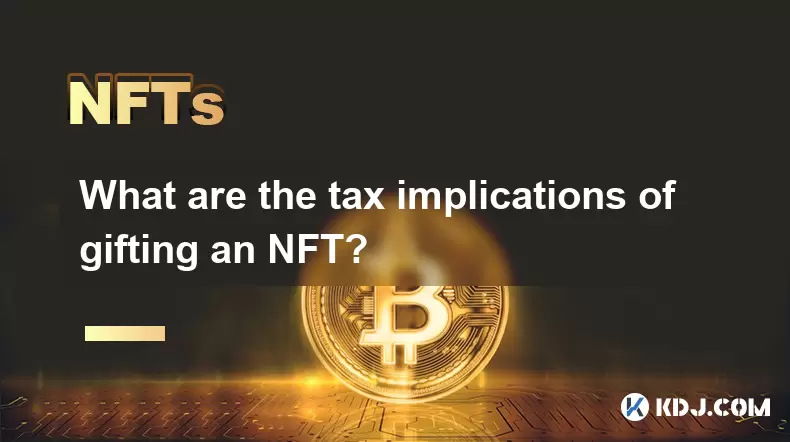
What are the tax implications of gifting an NFT?
Jul 19,2025 at 04:21am
Understanding the Basics of NFT GiftingGifting a Non-Fungible Token (NFT) involves transferring ownership from one individual to another without recei...
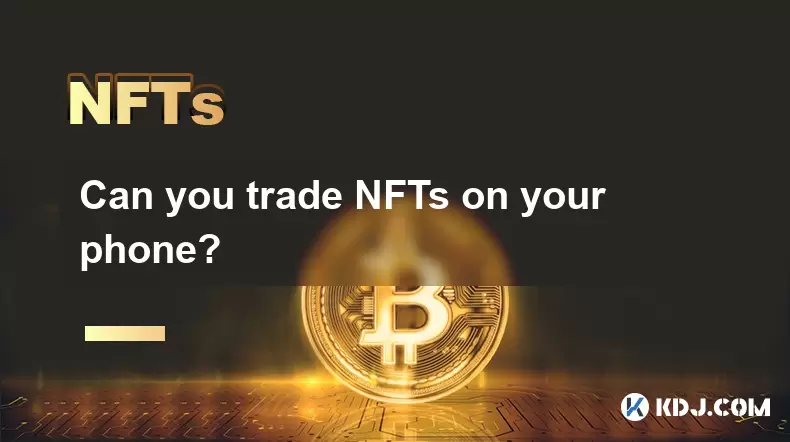
Can you trade NFTs on your phone?
Jul 18,2025 at 04:29am
Trading NFTs on Mobile DevicesYes, you can trade NFTs on your phone, and the process has become increasingly streamlined thanks to a variety of mobile...
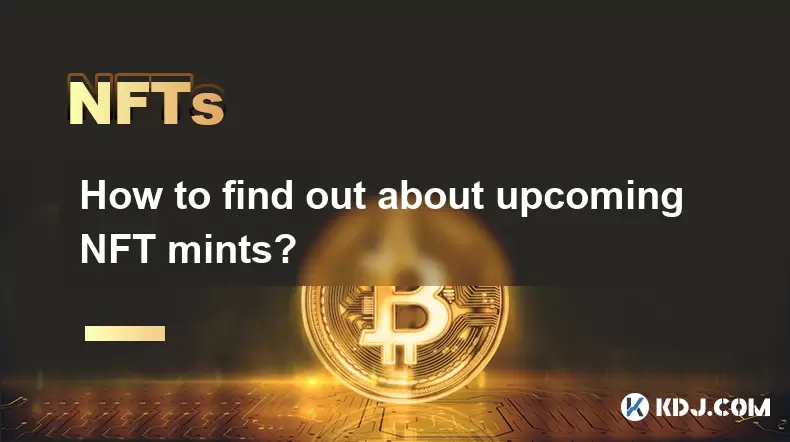
How to find out about upcoming NFT mints?
Jul 18,2025 at 11:50am
Exploring NFT Minting OpportunitiesUnderstanding the landscape of upcoming NFT mints is crucial for collectors, investors, and creators who wish to st...
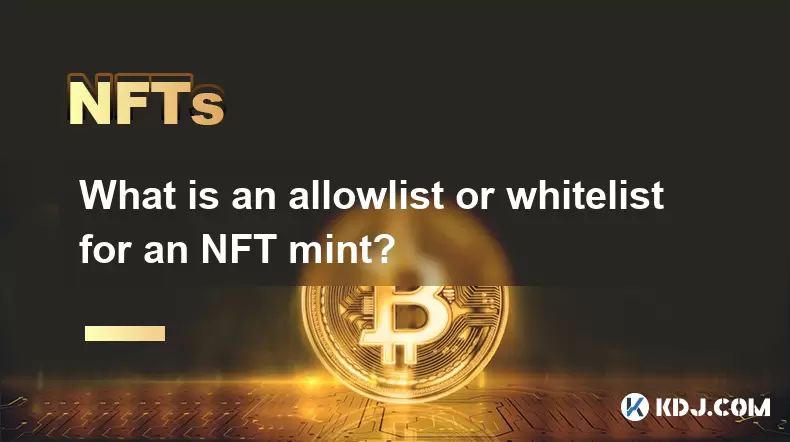
What is an allowlist or whitelist for an NFT mint?
Jul 20,2025 at 07:14pm
Understanding the Concept of an Allowlist for NFT MintingAn allowlist, also commonly referred to as a whitelist, is a mechanism used in the NFT mintin...

Is it possible to get a refund on an NFT?
Jul 21,2025 at 08:35pm
Understanding NFT Transactions and RefundsWhen you purchase an NFT (Non-Fungible Token), the transaction is typically recorded on a blockchain, making...

What happens to NFTs when the owner dies?
Jul 22,2025 at 02:43pm
Legal Ownership and Digital AssetsWhen an individual owns NFTs, the question of what happens to these assets upon their death is a pressing one. NFTs ...

What are the tax implications of gifting an NFT?
Jul 19,2025 at 04:21am
Understanding the Basics of NFT GiftingGifting a Non-Fungible Token (NFT) involves transferring ownership from one individual to another without recei...

Can you trade NFTs on your phone?
Jul 18,2025 at 04:29am
Trading NFTs on Mobile DevicesYes, you can trade NFTs on your phone, and the process has become increasingly streamlined thanks to a variety of mobile...

How to find out about upcoming NFT mints?
Jul 18,2025 at 11:50am
Exploring NFT Minting OpportunitiesUnderstanding the landscape of upcoming NFT mints is crucial for collectors, investors, and creators who wish to st...

What is an allowlist or whitelist for an NFT mint?
Jul 20,2025 at 07:14pm
Understanding the Concept of an Allowlist for NFT MintingAn allowlist, also commonly referred to as a whitelist, is a mechanism used in the NFT mintin...
See all articles

























































































